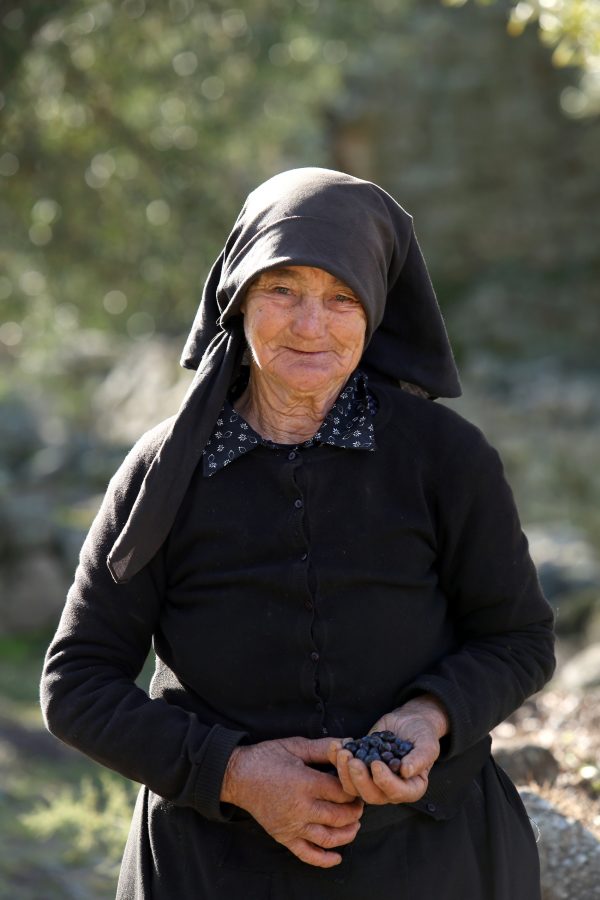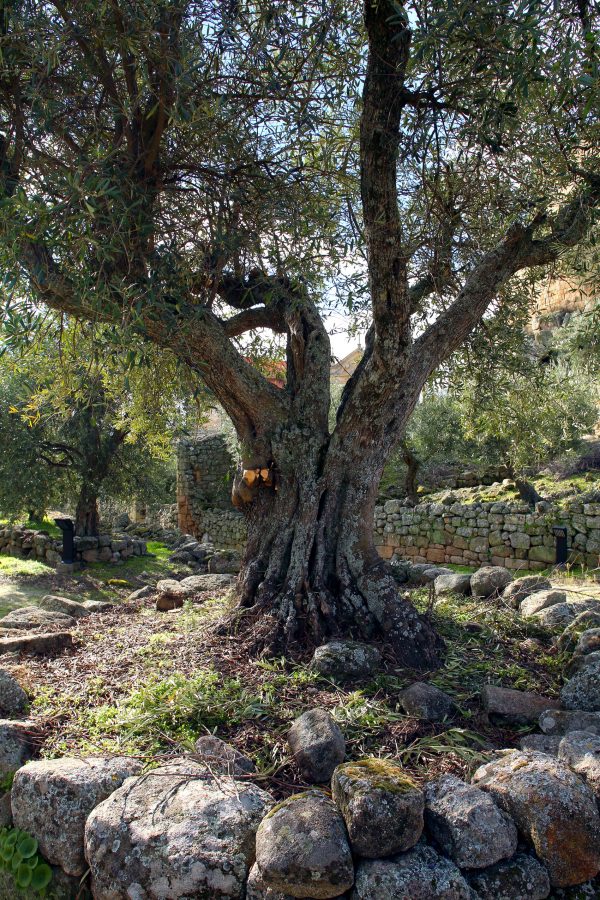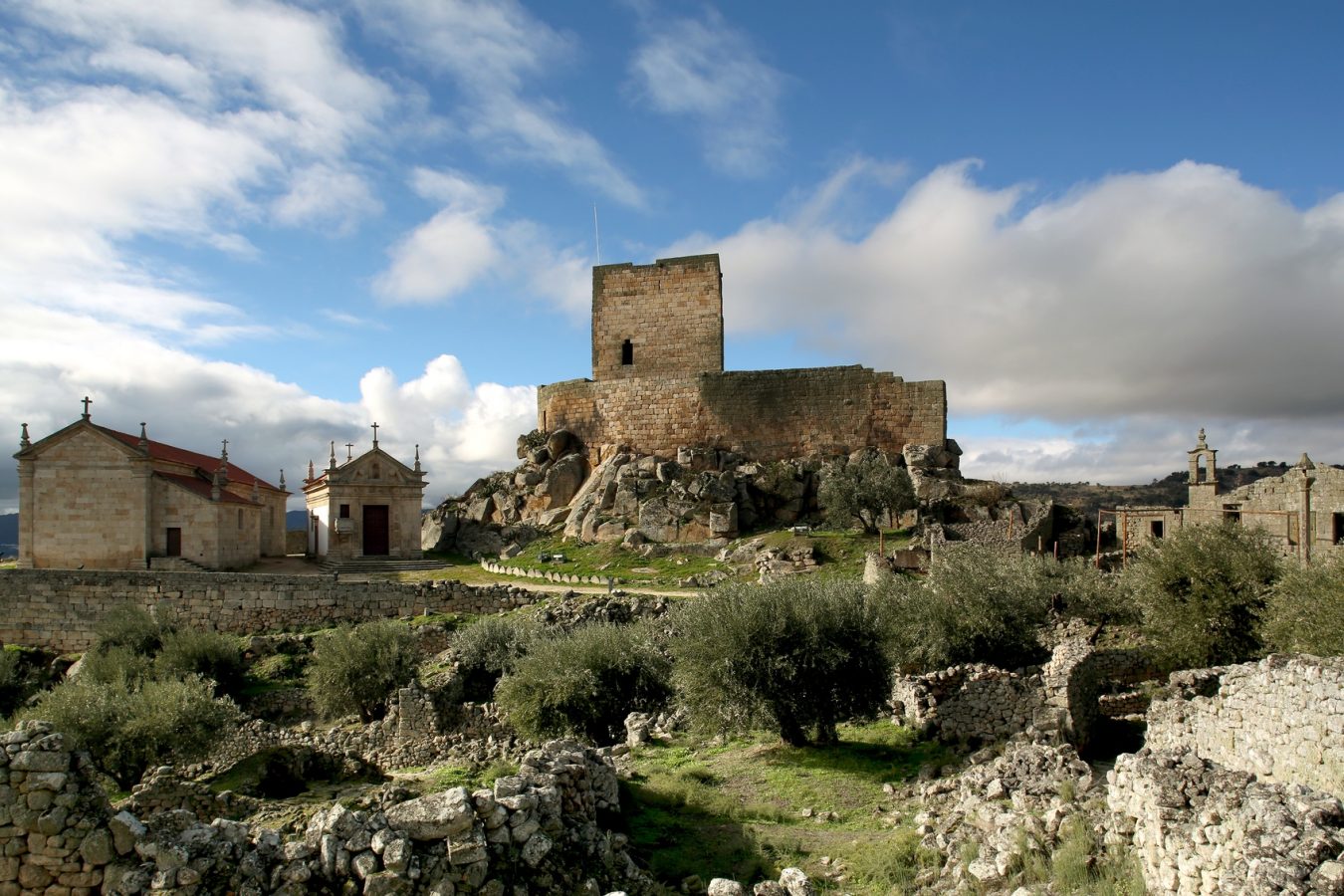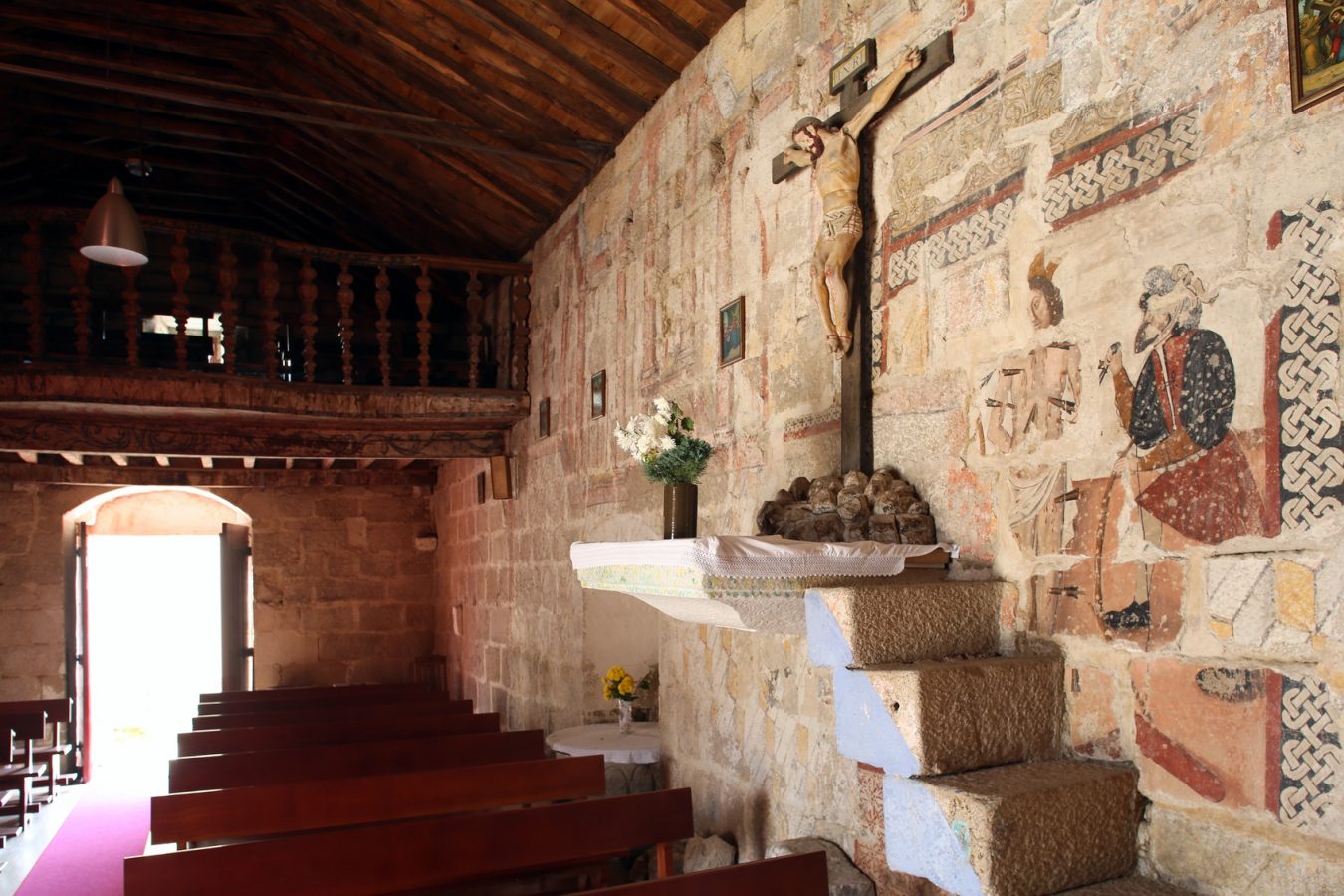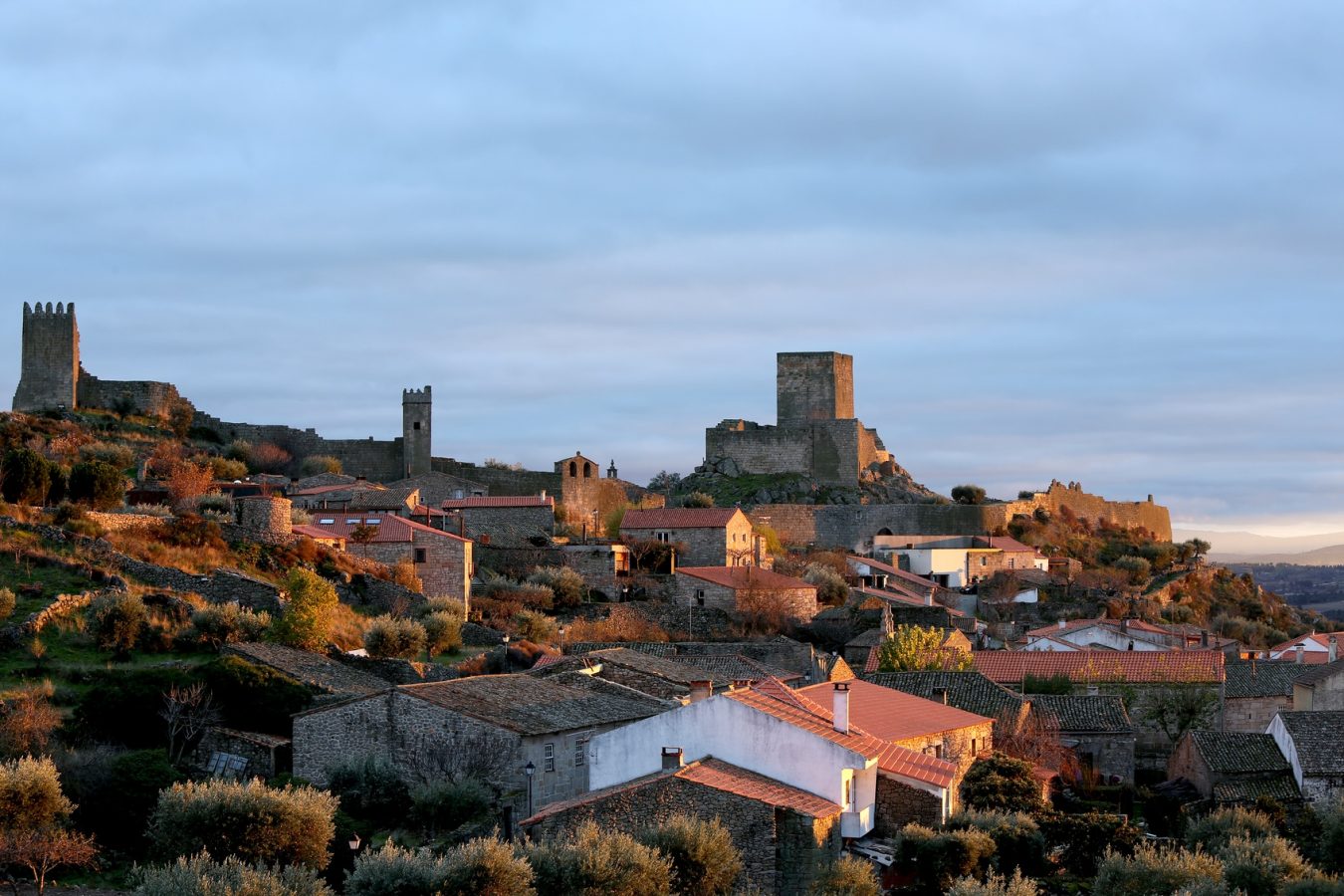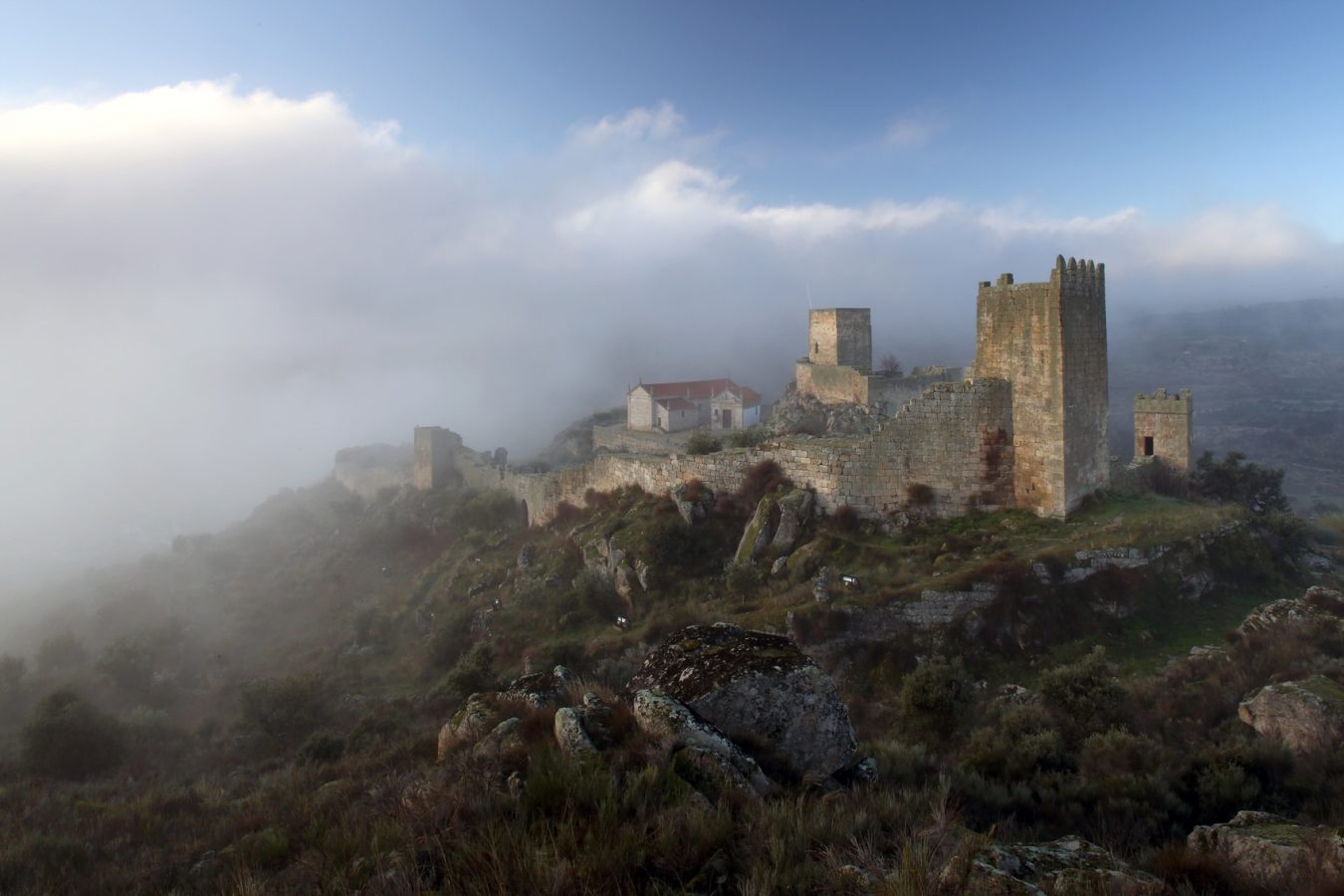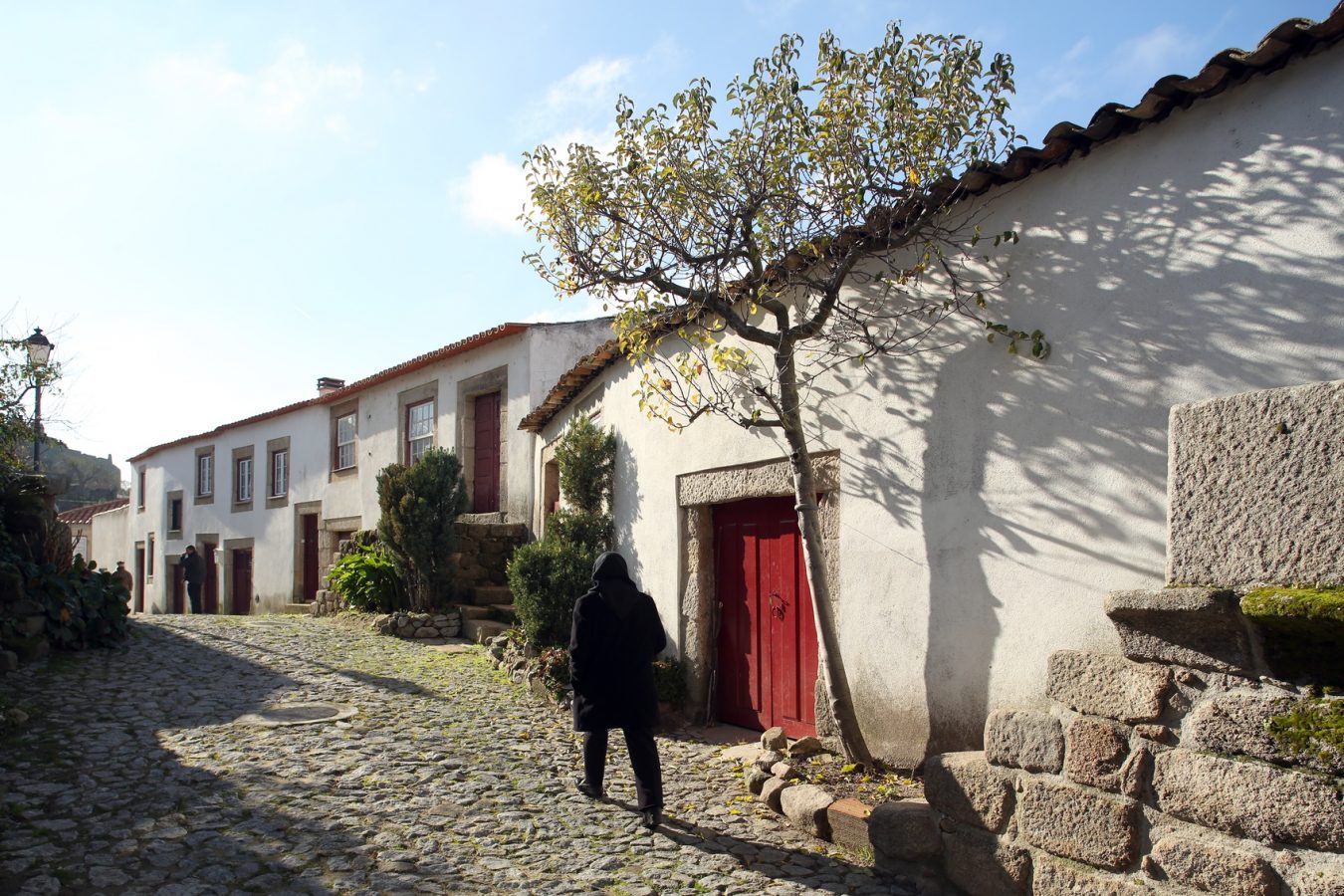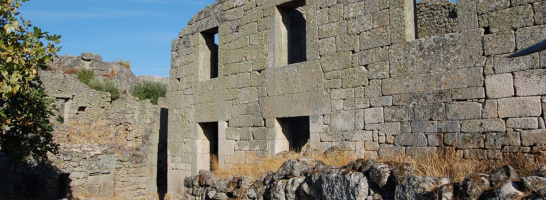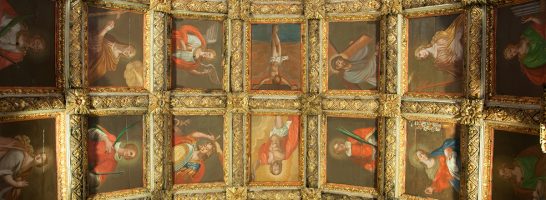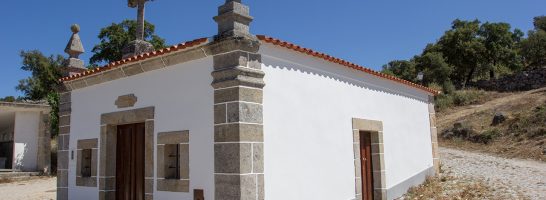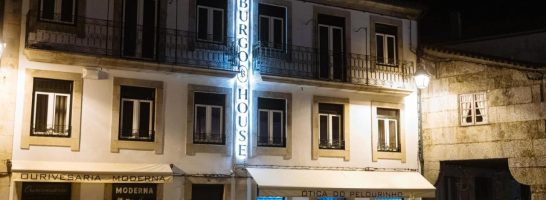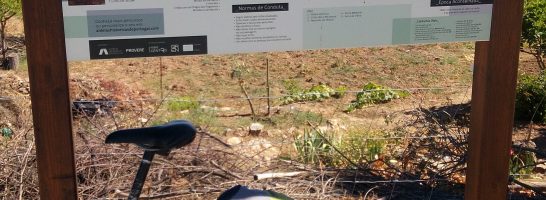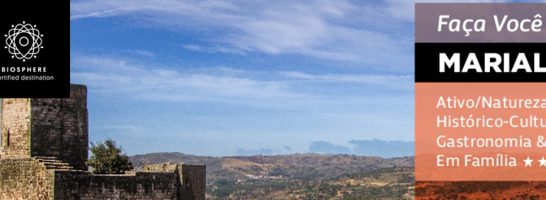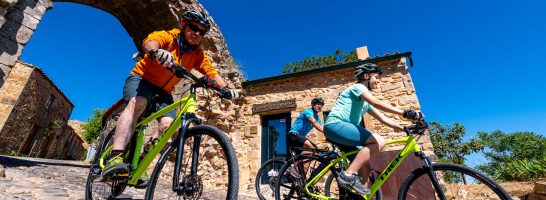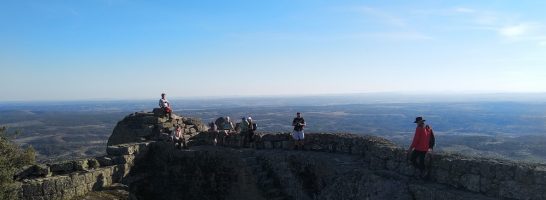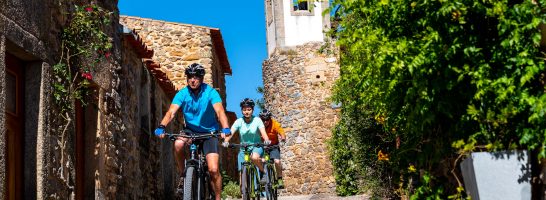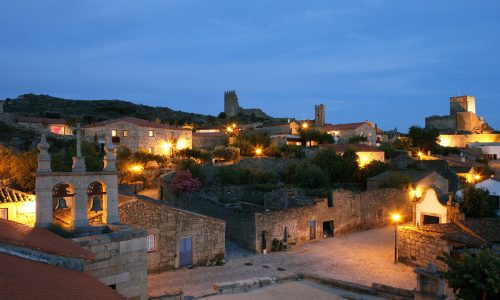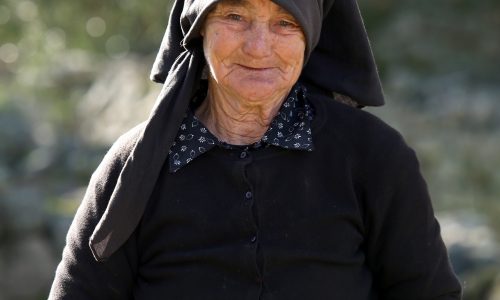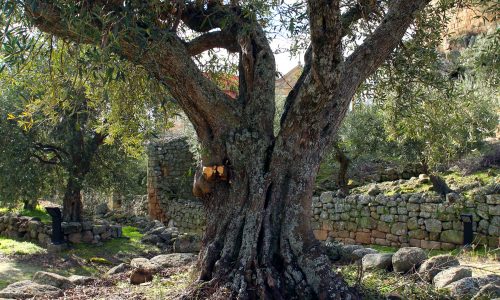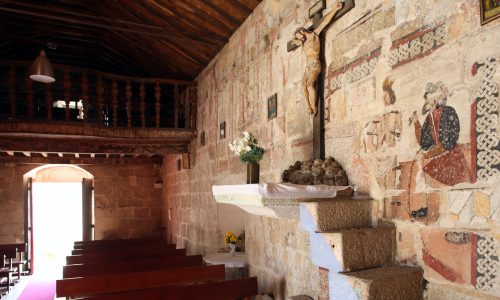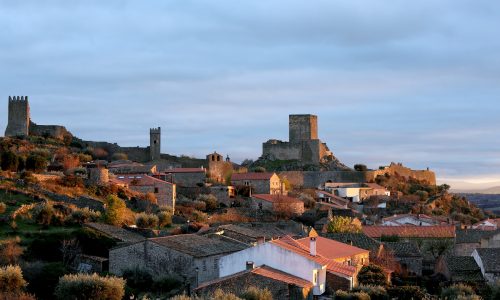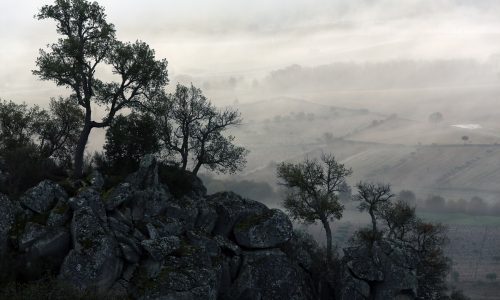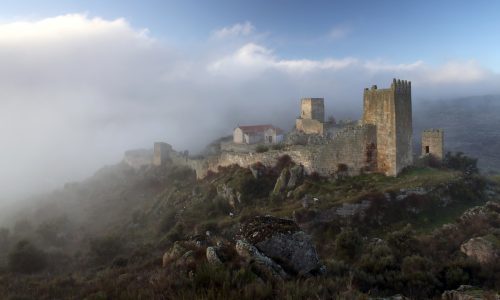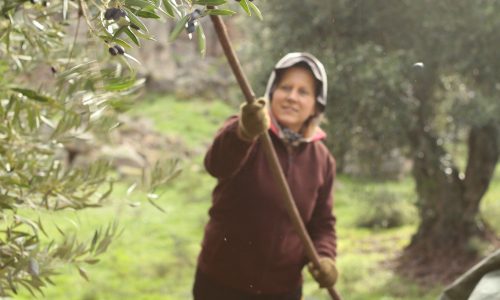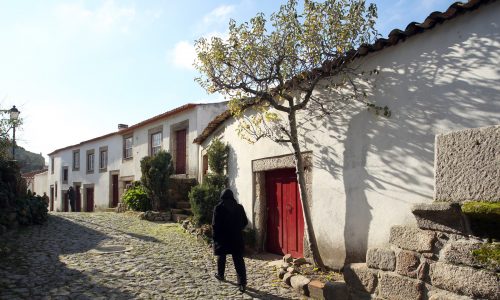Marialva
Marialva is a few minutes from the town of Mêda. This village takes you to the deepest roots of the country's history in a scenario that reveals one of the living relics of Portuguese ancestry. The streets are lined with buildings that have stood the test of time and lead to the citadel surrounded by walls in whose ruins it is easy to lose track of time. Settled by the Aravi, a Lusitanian people, it was later conquered by the Romans, then the Arabs until the final victory of King Fernando the Great in his historic conquest of the Beiras in 1063.
History
Our history your time
A Aldeia de Marialva dista 7 Km da sede do concelho da Mêda, na margem esquerda da ribeira de Marialva. É constituída por três núcleos distintos: a Cidadela ou Vila no interior do Castelo, agora despovoada; o Arrabalde que prolonga a Vila para além da zona amuralhada; e a Devesa, situada a sul da cidadela, que se estende pela planície até à ribeira de Marialva, e assenta sobre a antiga cidade romana. De facto, as origens longínquas de Marialva parecem remontar ao tempo da antiga Cidade de Aravor, fundada pelos Túrdulos no séc. VI a.C. Este castro, situado numa eminência rochosa sobranceira aos campos da Devesa, foi o principal núcleo da comunidade dos Aravos, sendo conhecido por Castro dos Aravos. Com a chegada dos Romanos o nome alterou-se para Civitas Aravorum, que foi reconstruida no tempo de Adriano e Trajano, tendo sido um importante ponto de confluência e cruzamento de vias, entre as quais a Via Imperial da Guarda a Numão. Os Godos instalaram-se também no monte, primeira ocupação cristã, mudando-lhe o nome para S. Justo. A esta ocupação seguiram-se os Árabes que terão dado à cidadela o nome de Malva, que reconquistada por D. Fernando Magno de Leão em 1063, lhe chamou Marialva. Despovoada pelas lutas da Reconquista, D. Afonso Henriques mandou-a repovoar e concedeu-lhe o primeiro foral (1179). D. Sancho I reconquistou-a em 1200, altura em que o povoado extravasou a cerca amuralhada, formando-se assim o Arrabalde que apresenta uma malha urbana de traçado predominantemente medieval, onde proliferam igrejas, capelas, casas quinhentistas e senhoriais, a par de um conjunto de habitações rurais com características típicas da casa beirã. D. Dinis, que criou a Feira em 1286, e D. Manuel, que lhe concedeu Foral Novo (1512), procederam a obras no castelo, transformando Marialva numa das mais imponentes e fortes praças de guerra do reino. Dada a localização fronteiriça de Marialva - e estimulada pela Feira (dia 15 de cada mês) que concedia diversos privilégios aos moradores e feirantes - iniciou-se no séc. XIII a fixação de judeus, cujo número aumentou durante o reinado de D. Manuel formando mesmo uma judiaria. D. Afonso V deu o título de Conde de Marialva a D. Vasco Coutinho (1440), que se destacara nas campanhas militares do Norte de África; mais tarde passou a marquesado por mercê de D. Afonso VI (1675), tendo sido primeiro Marquês de Marialva D. António Luís de Menezes, terceiro Conde de Cantanhede, pelo seu papel decisivo na Revolução de 1640. Em 1855 foi suprimido o concelho de Marialva, que passou a englobar o de Vila Nova de Foz Côa. Em 1872, Marialva foi incorporada no concelho de Mêda.
What to see
What to do
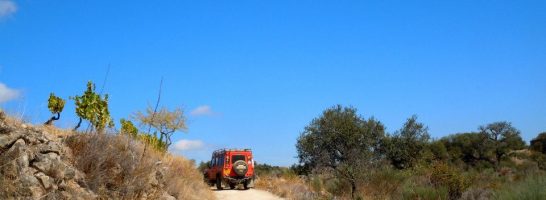
Adventure and nature trips
We are a registered tour operating company and we base our activity on the values of legal compliance, nature protection and sustainability. We operate according to the Portuguese legislation and we hold a special accreditation from the Institute of Nature Conservation and Forests allowing us to drive inside Nature Parks and other protected areas (where permitted)- We are members of the Natural.pt brand (www.natural.pt), reserved for companies who adhere to the programme. Following the recent pandemic we got our Clean & Safe seal from the Tourism Authority signifying our compliance with the official health requirements for the prevention and control of infections. Our trips are much more than just going from A to B and we distinguish ourselves for having a higher purpose: the knowledge and promotion of the historical, cultural and environmental heritage of Portugal, so that in the end our guests will have lots of stories to tell. In each new journey through some of the most beautiful and remotest places in mainland Portugal, we discover a unique, authentic and truly surprising country with a sense of adventure and discovery that enriches us as human beings. Our offer is based on a personalised service with tailor-made trips meeting the personal interests of our guests. We are constantly exploring and spending countless days on the ground in contact with the local people and organisations in search for the best places of interest and the best routes. As a result of this research, we have acquired a deep knowledge of the whole country which allows us to give our guests a renewed level of novelty and differentiation in each event. During our events we privilege the contact with nature in a legal and responsible manner, with the aim to reduce the impact of our passage, by working with official entities and other environmental organisations. Every year we plant many autoctonous trees in an effort to make Dream Overland a carbon-neutral company, an action that our customers can support and partake in. With our trips we contribute to the social cohesion and economic sustainability of local communities, through the knowledge and promotion of their traditions, handicrafts, produce and local heritage.

